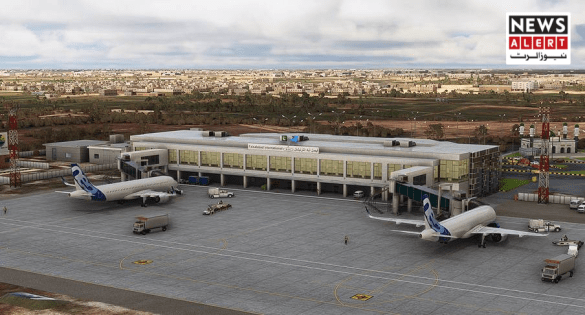Strong growth in September remittances
KARACHI — Pakistan received $3.2 billion in workers’ remittances in September 2025, marking an 11.3% increase compared to the same month last year, according to new data released by the State Bank of Pakistan (SBP).
The central bank reported that overseas Pakistanis continued to send substantial funds through official banking channels, highlighting growing confidence in Pakistan’s financial system.
Quarterly overview: $9.5 billion in first quarter
In the first quarter of fiscal year 2025–26 (July to September), Pakistan’s total remittances reached $9.5 billion.
This represents an 8.4% rise from the $8.8 billion recorded during the same period of the previous fiscal year.
Economists note that sustained remittance growth is crucial for Pakistan’s external financing. It helps offset a persistent trade deficit and supports the rupee, which has remained under pressure in recent years.
Saudi Arabia leads remittance inflows
Saudi Arabia remained the largest source of remittances in September, with inflows amounting to $750.9 million.
It was followed by:
-
United Arab Emirates (UAE): $677.1 million
-
United Kingdom: $454.8 million
-
United States: $269 million
Together, these four countries accounted for nearly two-thirds of total remittances received during the month.
Analysts say the trend reflects the strong presence of Pakistani migrant workers in the Gulf region, where millions are employed in construction, services, and transport sectors.
Why remittances are rising
The SBP attributed the increase to greater trust among overseas Pakistanis and a shift toward formal financial channels for transferring funds.
Efforts to curb informal money transfers — such as the hawala and hundi systems — have encouraged expatriates to use legal banking routes.
Moreover, the Pakistani government and banks have launched digital transfer initiatives, including mobile banking and fast-track remittance platforms. These have made it easier and cheaper for overseas workers to send money home.
Economic importance of remittances
Remittances are a vital source of foreign exchange for Pakistan, often surpassing export earnings from key sectors such as textiles.
In fiscal year 2024–25, total remittances stood at around $29 billion, contributing roughly 7% of the country’s GDP. For a detailed overview of Pakistan’s record-breaking remittances of $38.3 billion in FY 2024–25, see this report.
According to economic experts, such inflows provide much-needed liquidity for the country’s struggling economy.
They also help maintain foreign exchange reserves, which are essential for meeting import and debt obligations.
The steady inflow supports the rupee’s value, reduces the current account deficit, and helps Pakistan manage its balance-of-payments challenges — particularly amid ongoing negotiations with the International Monetary Fund (IMF) for long-term financial support.
Broader impact on households
For millions of families, remittances serve as a lifeline.
They fund household expenses, education, healthcare, and small-scale investments.
In rural areas, where job opportunities are limited, remittances often provide stability and improve living standards.
Financial experts also note that higher remittances increase domestic consumption, which contributes to short-term economic growth. However, they stress that Pakistan still needs to boost exports and domestic production to ensure sustainable development.
Outlook for the coming months
Economists expect remittance inflows to remain strong in the coming quarters, particularly ahead of the winter holiday season, when many overseas workers send additional funds to their families.
However, global economic trends — including oil prices, inflation in host countries, and regional conflicts — could influence the flow of funds.
The SBP says it will continue to facilitate faster and safer remittance transfers.
Officials hope that by expanding digital channels and ensuring competitive exchange rates, Pakistan can sustain the positive momentum seen in 2025.















